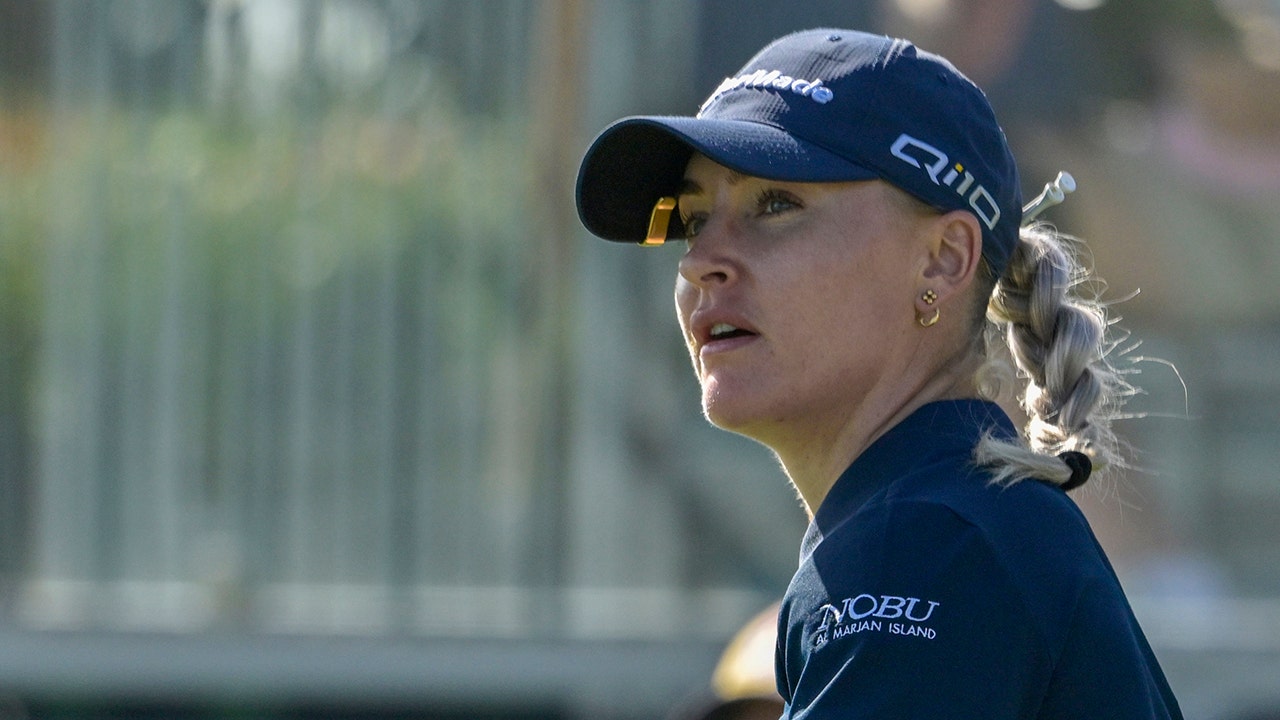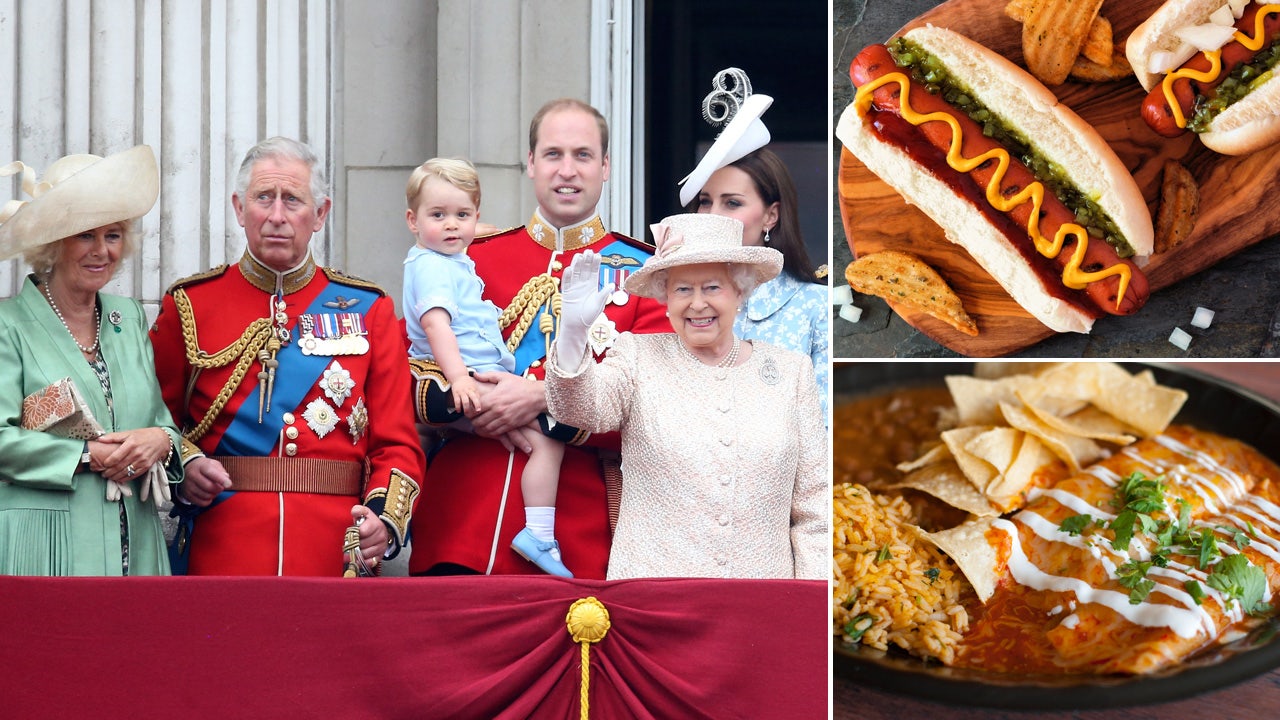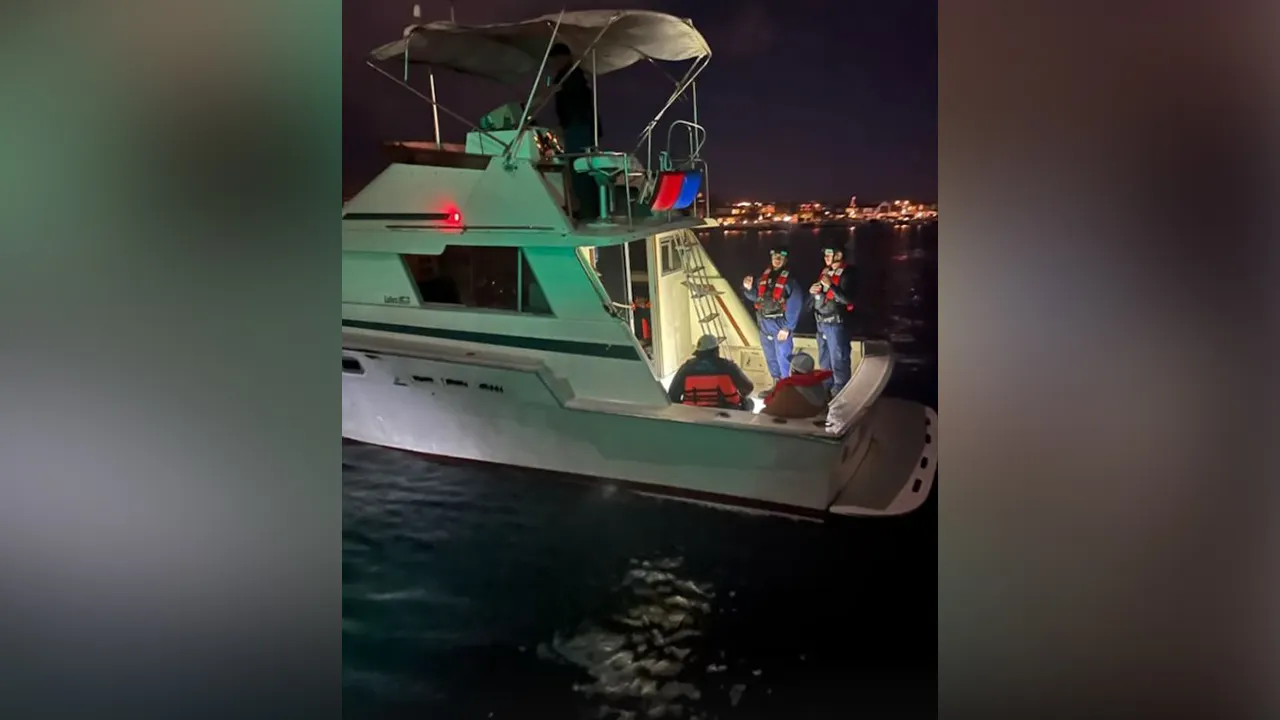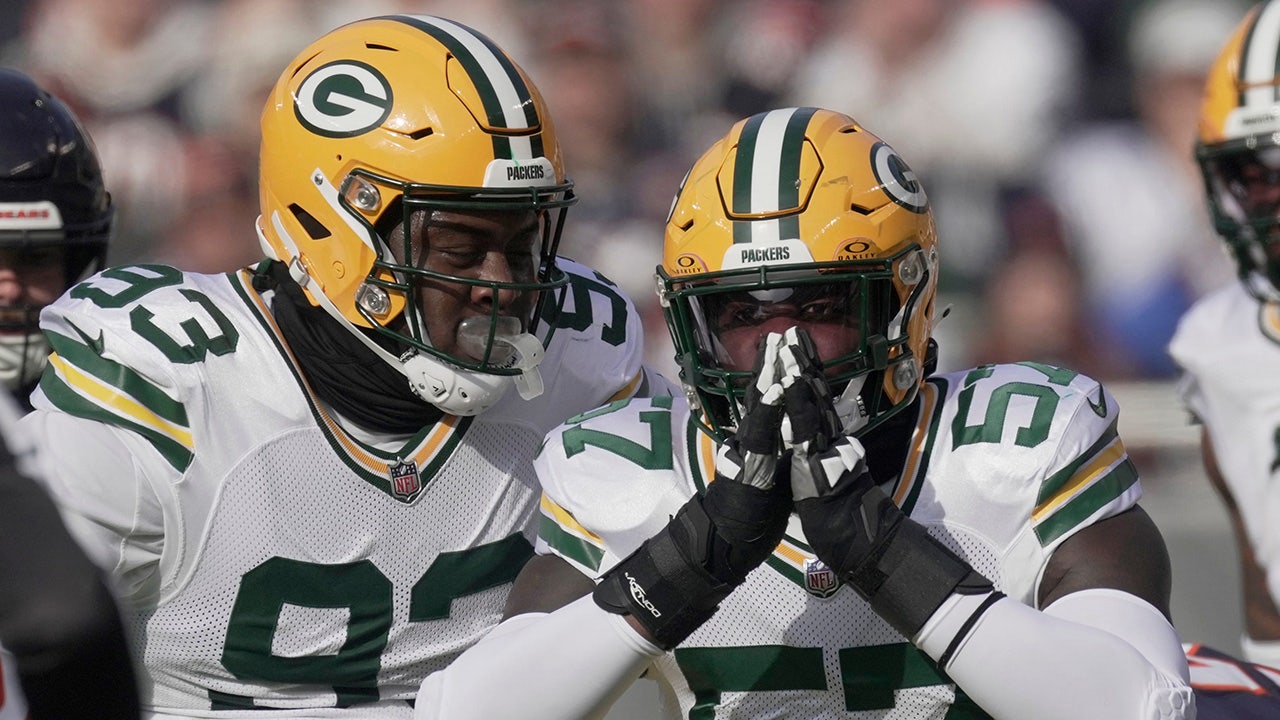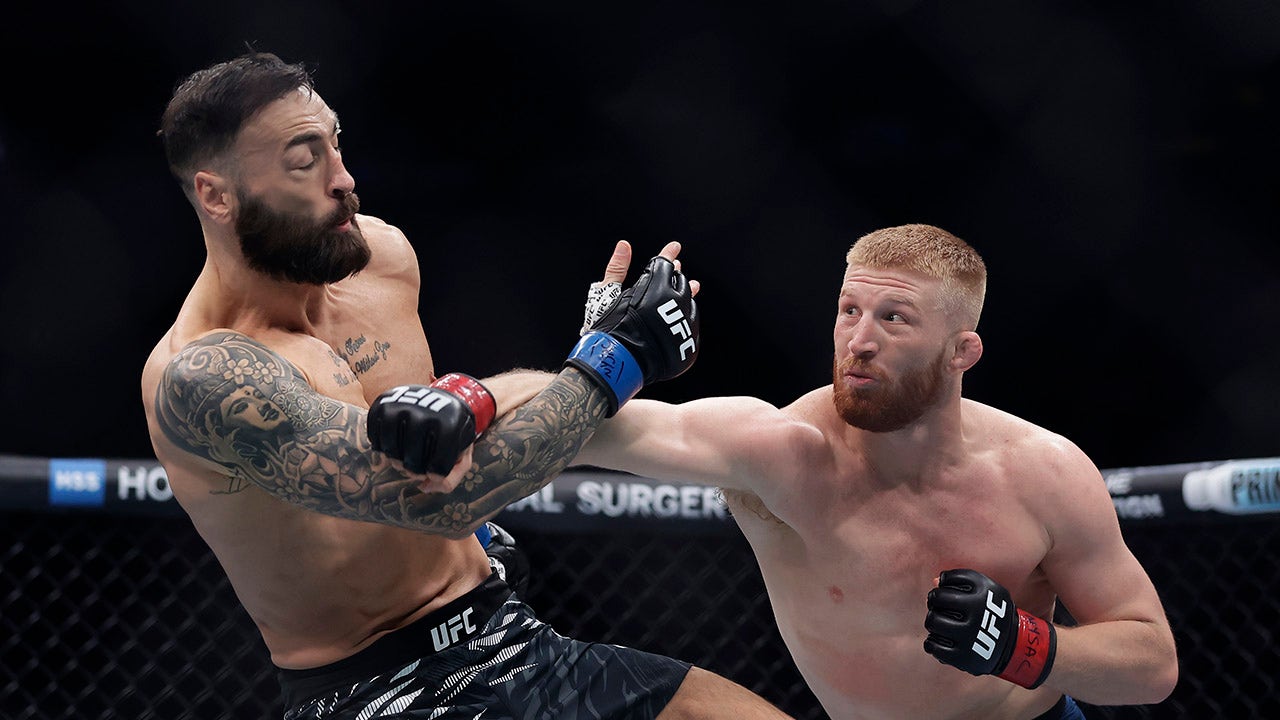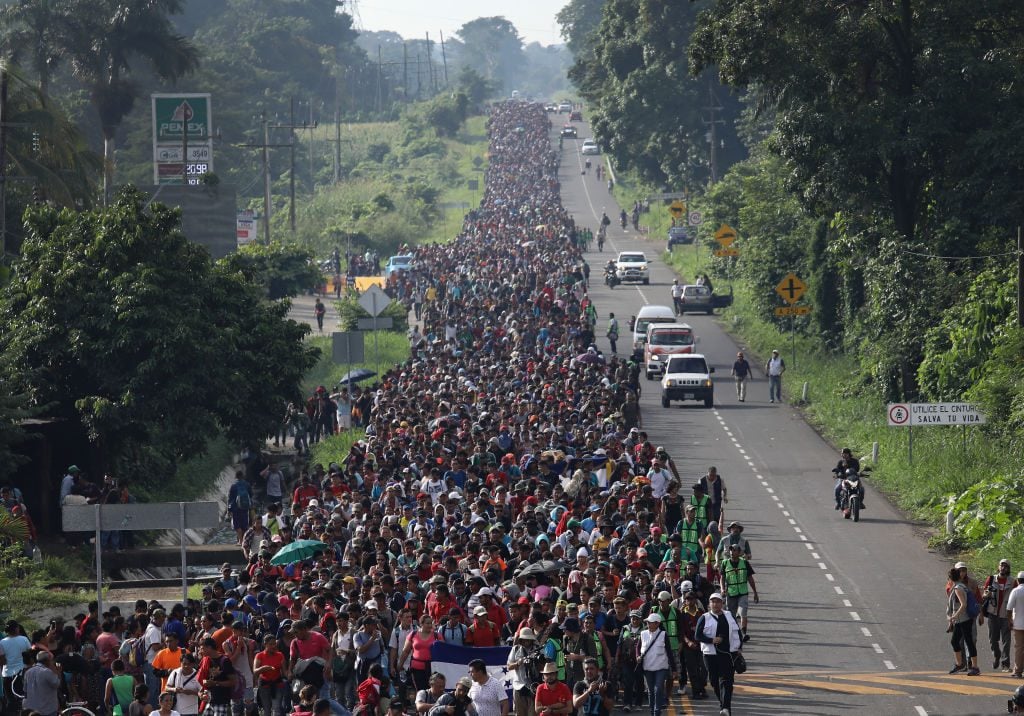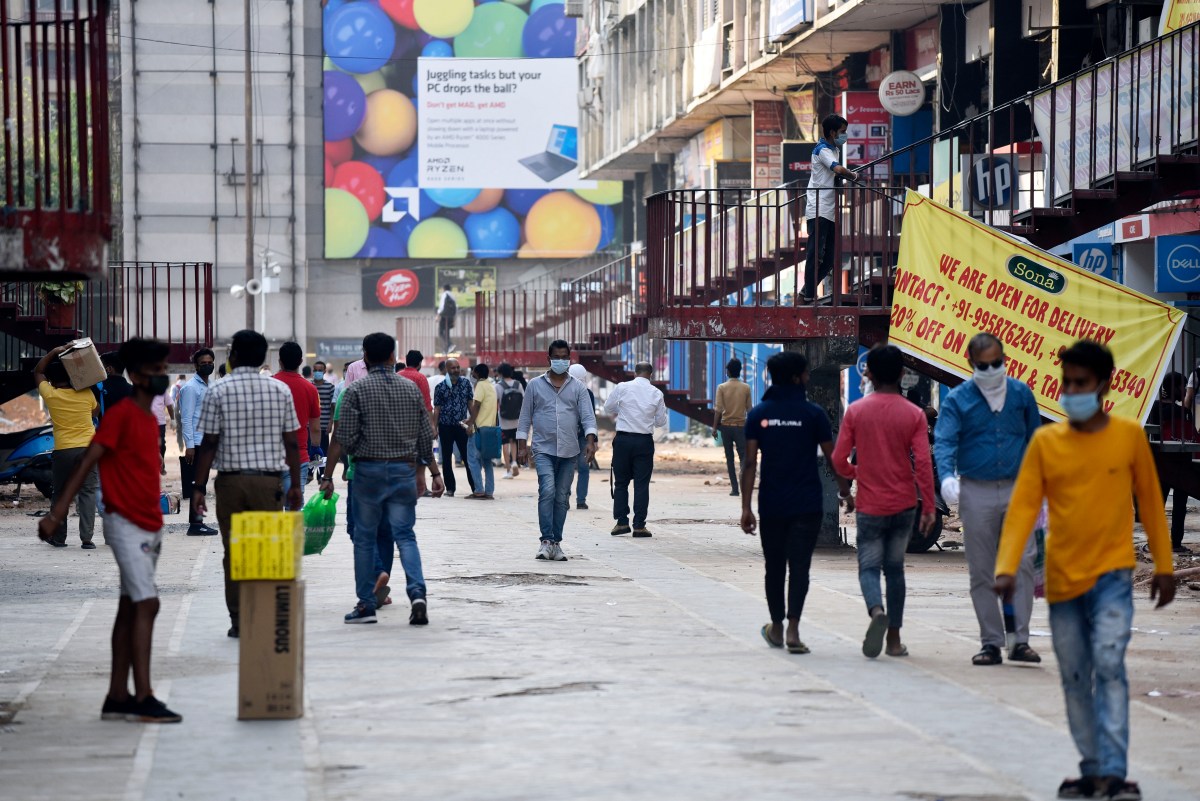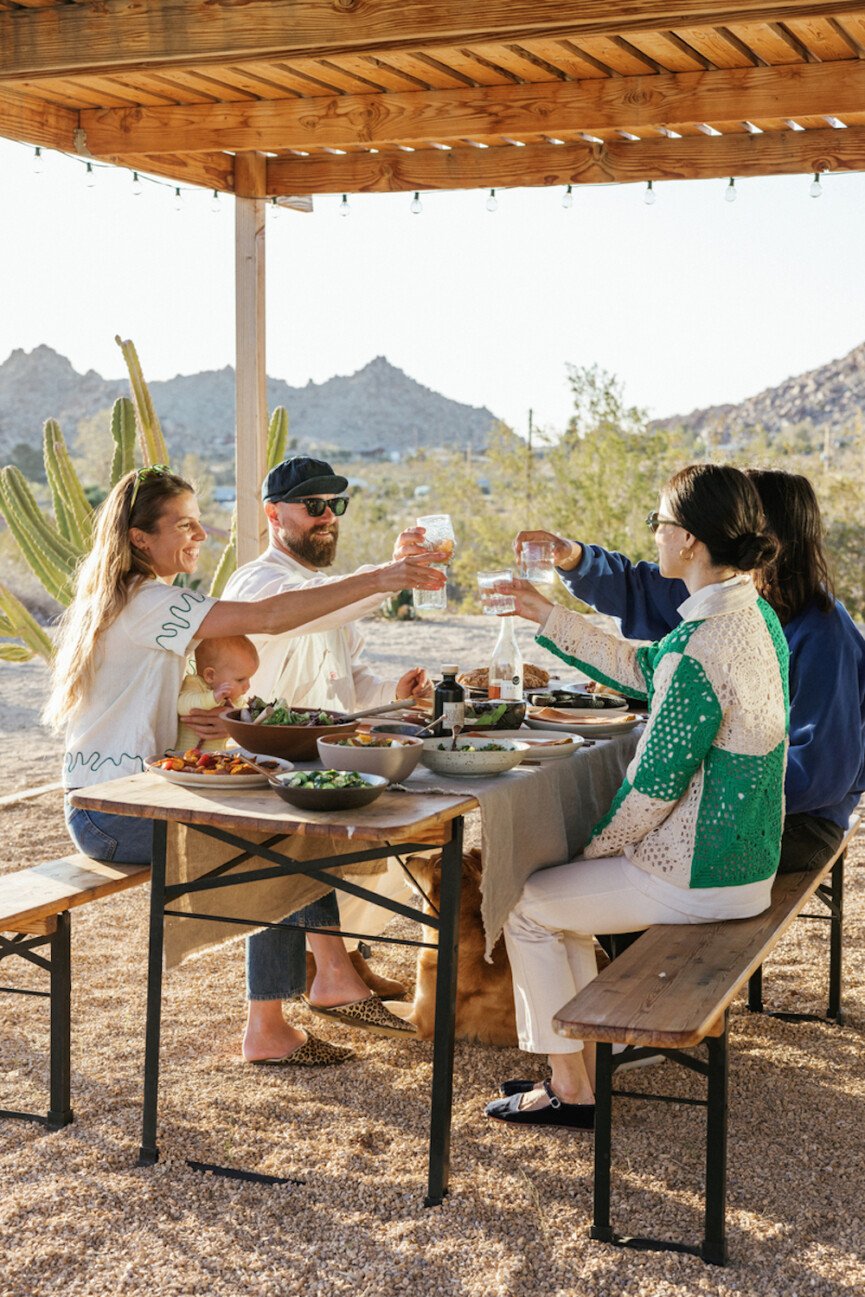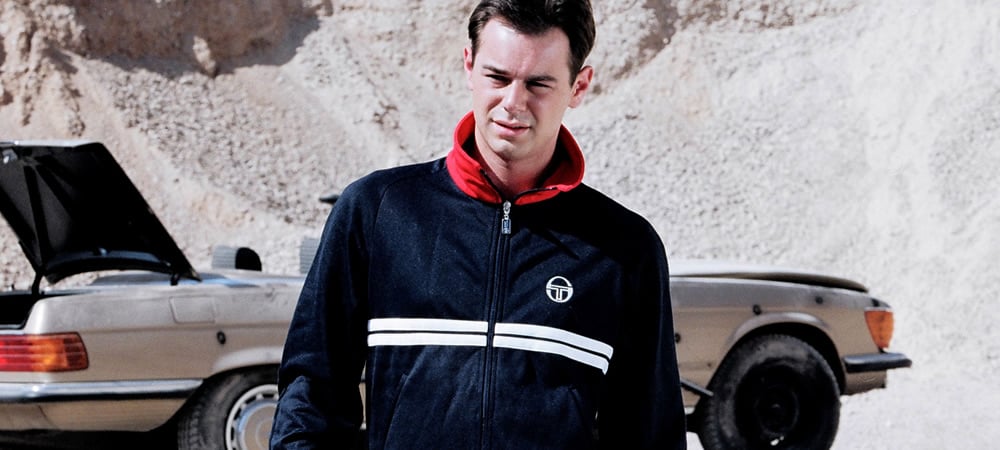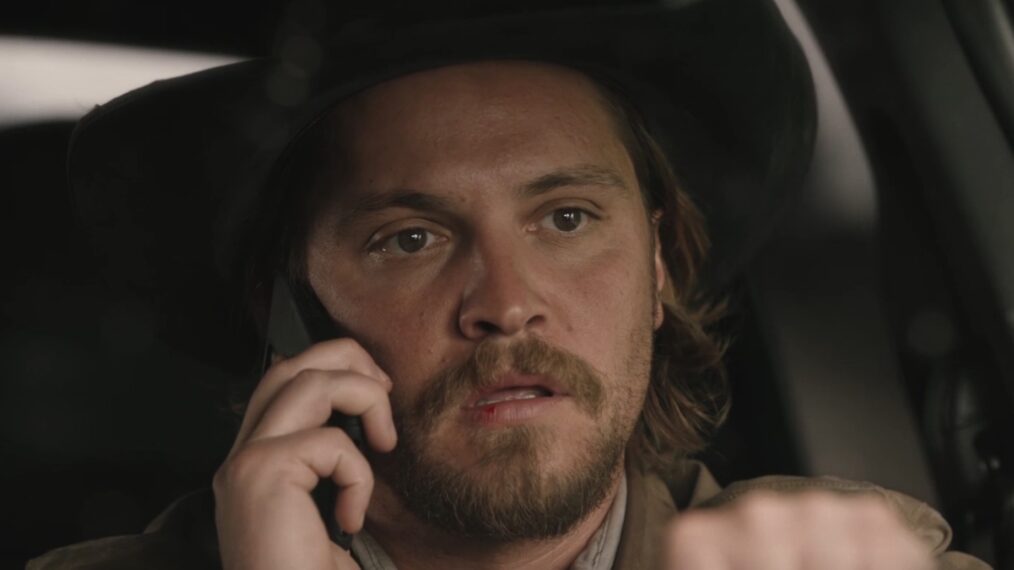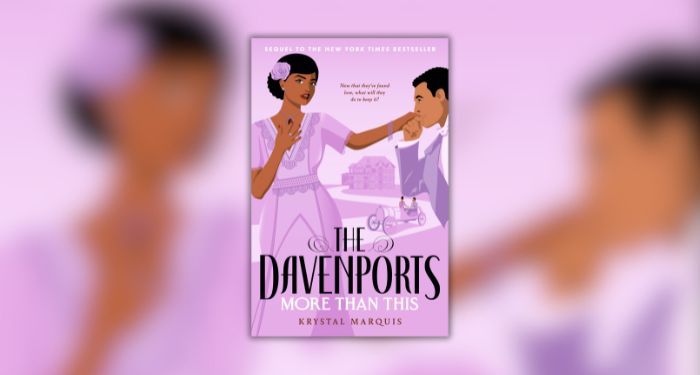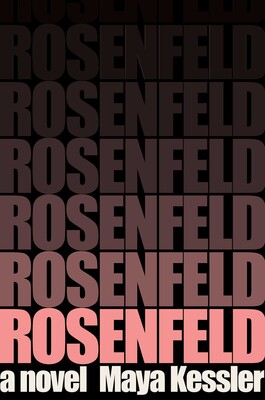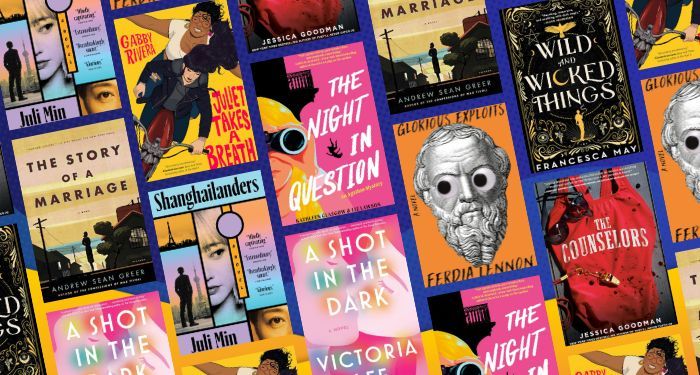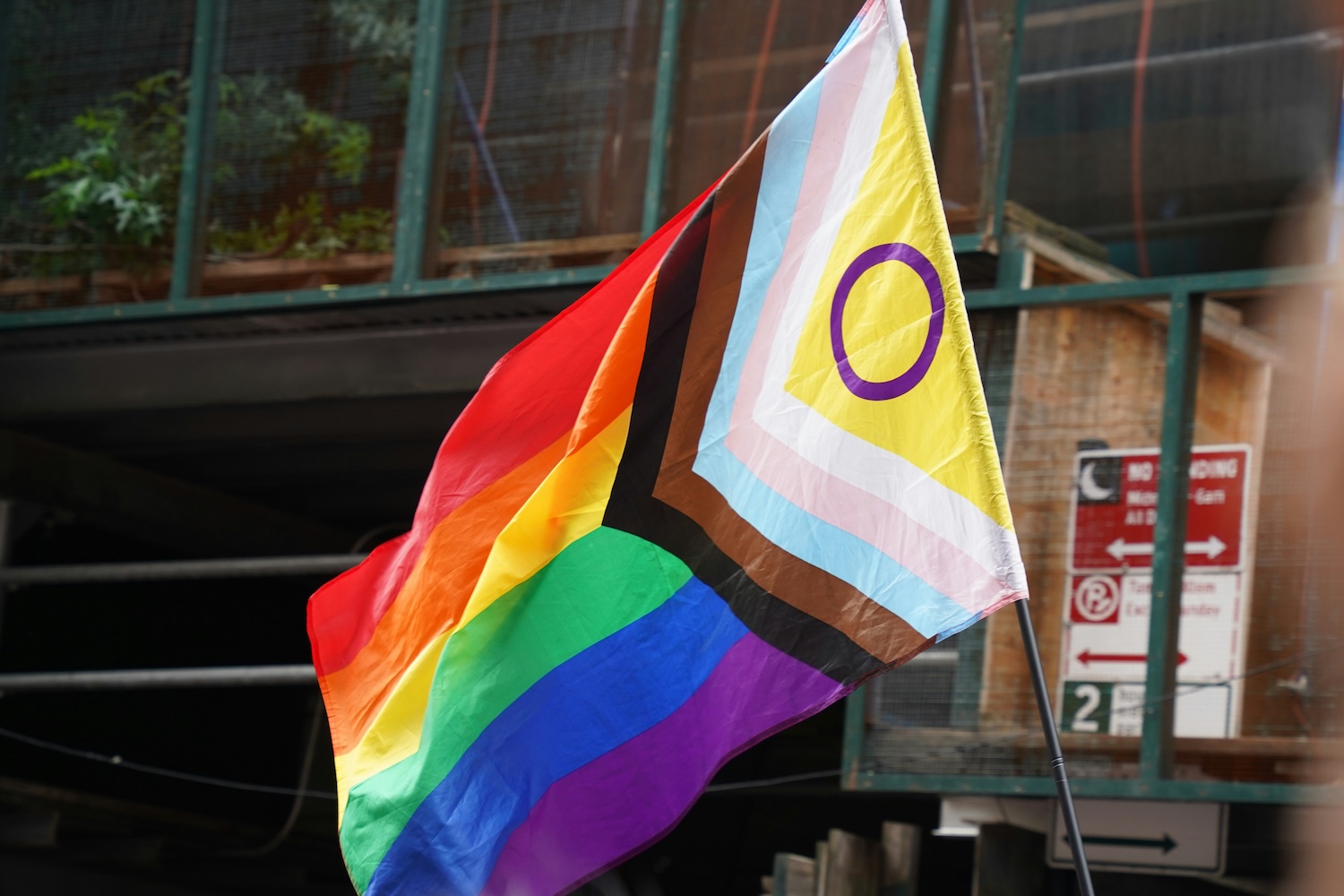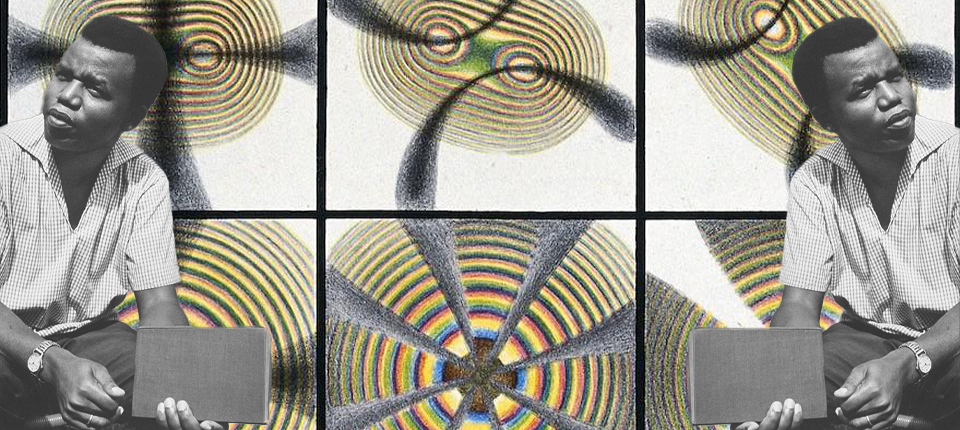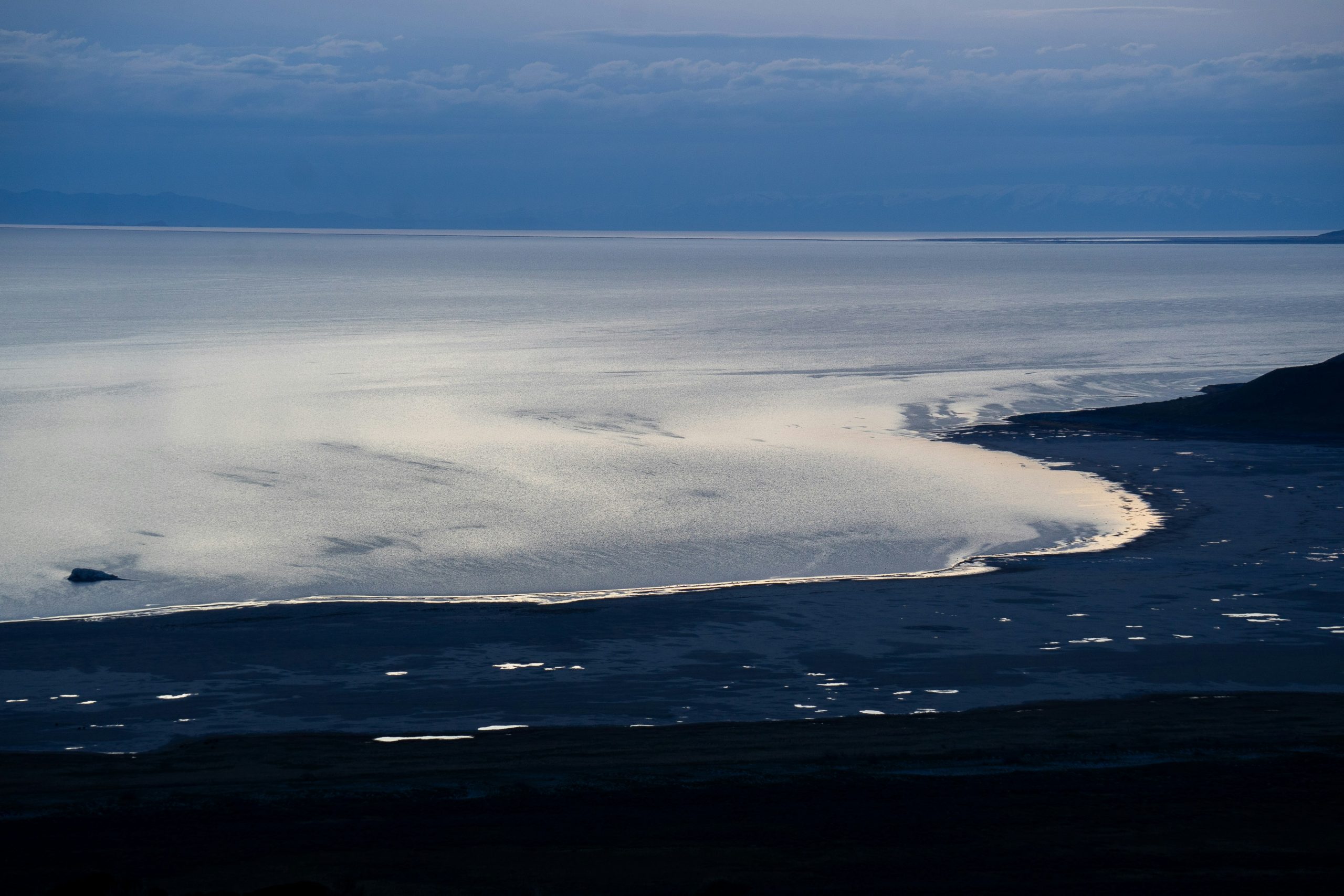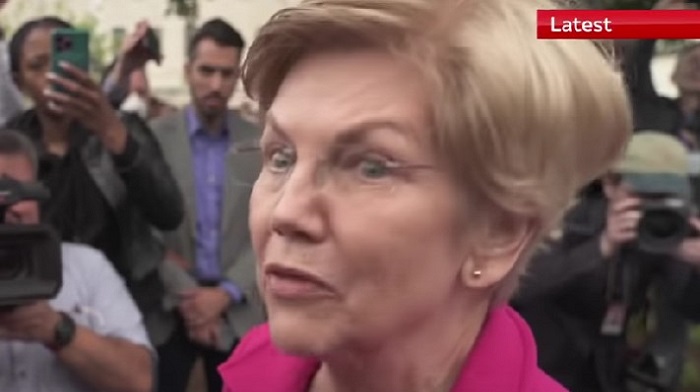Martin Scorsese had already been working on Killers of the Flower Moon for a few years when he had a startling revelation. He and screenwriter Eric Roth were adapting David Grann’s 2017 nonfiction book about a series of murders of Osage people in Oklahoma in the early 1920s with the intention that Leonardo DiCaprio would play the FBI agent who solves the crimes. Scorsese, who grew up watching and loving Westerns, could see it all in his head: “He gets off the train,” Scorsese says. “We see his boots, we tilt up, he’s got a Stetson hat, looks around. He doesn’t say anything.” It was just so easy to picture. And that was the problem. “I really felt I had seen the film before,” Scorsese says. “It’s Harry Carey Sr. It’s Walter Huston in Law and Order [the 1932 Western]. You go all the way up to the young Clint Eastwood. What am I going to do with [DiCaprio]? And where’s the soul of it?”
Though the story of the Osage was little known, the Western procedural they were planning to make felt similar to Hollywood history in ways that they didn’t want to replicate. After a table read in early 2020, the collaborators, including DiCaprio, began to fear the story underplayed the experience of the Osage people and repeated tired tropes. “We didn’t want to go much further with this great white hope saving Native Americans,” says Roth.
The solution was to reframe the story around a much more complicated pair of characters in the book, a mysterious marriage between a wealthy Osage woman named Mollie, played by Lily Gladstone, and a shifty World War I veteran named Ernest, played by DiCaprio. “What I felt was really exciting is that the relationship is the microcosm for the larger conversation you’re having,” Gladstone says. “You’re humanizing these characters more, and in doing that, the history hits you harder.”
During the film’s development, Scorsese had met with members of the Osage community in Pawhuska, Oklahoma, including Chief Geoffrey Standing Bear, the principal chief of the Osage Nation. The filmmaker wanted to discuss how he intended to portray the dark era in their history known as the Reign of Terror, when Osages who had become rich after oil was struck on their land were being systematically murdered for their oil rights. “I was anxious,” Scorsese says. “I knew that if I could not gain their trust, then there’s no sense in making the film. As a European American, a Sicilian American, I may have natural limitations, and I hoped that they would forgive that. But they had to know it was coming from the right place and not a surface revisionism, which is simplistic. I wanted something really, really complex that deals with humanity.” The meeting lasted for hours. “One of the people in the room said, ‘You have to be very careful. You’re putting words in the mouths of people that … These are real people to us. They’re part of our families.’ ” Scorsese’s humility and his body of work — in particular his 2016 movie Silence, which depicted Christian missionaries in 17th century Japan — helped reassure Standing Bear and others that the project was intended to be a serious and respectful one.
Together with his researcher and executive producer, Marianne Bower, Scorsese sought to involve as many Osage as possible in the production. He would cast Osage actors in more than 40 roles, not including the hundreds who worked as background players. Osage elder John Williams became the film’s cultural consultant; Vann Bighorse, director of the Osage Nation Language Program, oversaw the use of the Osage language in the film; Julie O’Keefe served as the Osage costume adviser; and artist Addie Roanhorse was brought on to assist with production design. Smaller crew jobs were filled by Osage, too. On the day the production filmed an explosion in which Osage people died, a production assistant in the camera department happened to be the nephew of a man who had looked for survivors of that explosion and recovered bodies. “It’s not just a story that someone came up with, or even a historical event that’s detached from us,” says cinematographer Rodrigo Prieto. “We were around the people who lived this. So it felt like we really had this responsibility to do it right.”

Director Martin Scorsese with Lily Gladstone and DiCaprio, who play a married couple at the center of the movie’s murder plot. (Right): Gladstone, Scorsese, author David Grann and DiCaprio on a Pawhuska, Oklahoma, street made to look like 1920s Fairfax, Oklahoma.
Courtesy of Apple

Years into the film’s development, Scorsese and DiCaprio decided to pivot from a script that would have centered on the FBI’s investigation of the crimes into one that gave DiCaprio a more complex role as a shifty World War I veteran.
Courtesy of Apple
Scorsese cast Gladstone, who is of Blackfeet and Nimíipuu heritage and had recently starred in Kelly Reichardt’s Certain Women, after a Zoom meeting in which they bonded about Catholicism, Gladstone says. Gladstone felt a connection between her character and the great-grandmother for whom she’s named, who embodied both her Indigenous culture and one brought by Jesuit missionaries. “[Mollie] had a sense of herself as an Osage woman coming from a community where women own everything, women are in charge of all the commerce,” Gladstone says. “And then also some of the worldview that would’ve been imposed through Catholicism and boarding school. There’s a level of denial there that I think a lot of people who come from Catholic circles are pretty familiar with.” During the production, Gladstone had significant input into her portrayal. In one scene, Gladstone and the actresses playing her sisters came to Scorsese with an idea. “They had some dialogue that they thought was more interesting from the women’s point of view. And I said, ‘Great, let’s hear it,’ ” Scorsese says. In the scene, the women are watching the men play a game. The women pitched Scorsese that they would be comparing the men to types of animals. Mollie calls Ernest a coyote, a sign she’s in on his wile. Scorsese went with it. “Well, he’s a coyote,” Scorsese says. “The bad boys are attractive.” Despite being new to Scorsese’s set and his family of longtime collaborators, Gladstone felt she could speak her mind. “My sense of self is different,” Gladstone says. “Thinking about Mollie always would help me set aside any Lily nervousness. I didn’t want to get too in my head about it, about the magnitude of what was happening. These men are titans for a reason. They’re just so committed to the work and they don’t just set a space for you at the table. They expect you to bring a dish.”
In their 10th career collaboration, Scorsese cast Robert De Niro as Bill Hale, Ernest’s cattle-farming uncle and the chief architect of the Reign of Terror. “He was a guy who was well liked in the community, if you will, or feared, or both,” De Niro says, comparing Hale to a Mafia leader. “He felt he was a genuine contributor to the community, and he felt entitled to do things that were not really very nice, if you want to put it like that.” Jesse Plemons would play Tom White, the role of the FBI agent originally intended for DiCaprio, which was now a secondary character, and recognizable faces would pepper the rest of the cast, including John Lithgow and Brendan Fraser as dueling attorneys, and musicians including Pete Yorn, Randy Houser and Jack White in small roles. Indigenous actors played several key roles — William Belleau was cast as Henry Roan, an Osage with ties to Mollie, Tatanka Means played Native American federal agent John Wren, and Canadian actor Tantoo Cardinal played matriarch Lizzie, Mollie’s mother.
Prieto shot most of the movie on film, save for some night scenes, and developed a color signature inspired by 1920s photography to separate the world of the Osage from that of the white characters. “Our memories are tinted with the color and the texture of the photographs of the time,” Prieto says. As the movie approaches its grim climax, he emulates a Technicolor process developed in Italy called ENR, which enhances contrast and reduces color saturation. “Everybody suddenly has this harsh feel,” Prieto says. He deployed such vintage-inspired techniques as shooting a black-and-white newsreel in the film with Scorsese’s own 1917 Bell & Howell hand-crank camera, and creating a three-strip Technicolor-inspired palette for the film’s finale, a 1930s radio program about the Reign of Terror.
Costume designer Jacqueline West worked with Osage consultant O’Keefe to dress the characters with historical accuracy, paying particular attention to the blankets they wore, which West calls “the power suit of the Osage woman.” The Oregon-based woolen company Pendleton reproduced blankets from 1920s photographs of Mollie and her sisters, as well as hundreds of other colors and patterns it had made in the era. There are five different ways Osage wore the blankets, depending upon the occasion, and O’Keefe would help the actors dress accordingly. “Really what helped me understand Mollie was wearing the dress,” Gladstone says. “As soon as I got tied into my broadcloth skirt with my butterfly fold and cinched in, I felt like I was in a corset. You walk in a very measured pace.” Because of the affluence of the Osage people in the early 20th century, there was an unusual amount of visual source material, including home movies. West also referenced Western film iconography, to Scorsese’s delight. She based De Niro’s costumes on characters in the 1948 Western Blood on the Moon, and DiCaprio’s on characters played by cowboy actors Tom Mix and Gary Cooper.

Gladstone, playing an Osage woman whose family is targeted for its wealth, “has great presence and an elegance,” De Niro says.
Courtesy of Apple

The film had some 50 locations, including this oil well set built by production designer Jack Fisk. “I had never worked on a story that was this immediate and real,” Fisk says. (Right): Scorsese worked with members of the Osage community, including actor Zack T. Morris, who plays an Osage delegation member in the film. “I knew that if I could not gain their trust, then there’s no sense in making the film,” the director says. He would go on to cast Osage actors in more than 40 roles, not including the hundreds who worked as background players.
Courtesy of Apple
Principal photography began in April 2021, and the shoot would include some 50 locations, a mixture of existing structures and built sets. Mollie lived in Fairfax, Oklahoma, a town that no longer looked as it had in the 1920s, thanks in large part to tornadoes that regularly blow through that section of Oklahoma. Production designer Jack Fisk set about re-creating Fairfax some 30 miles away, in the town of Pawhuska, where he repainted older buildings using popular colors from the era. Fisk dove into original sources to think about how to reconstruct 1920s-era Fairfax, finding old real estate records that revealed how the characters lived. “They’ve talked about the Osage being the richest people per capita in the world, and you just imagine large houses,” Fisk says. “But the old houses in Fairfax were modest craftsman homes. And although they were really comfortable for the period, they were not mansions.” This created a dilemma for Scorsese. “When I was explaining to Marty what these houses were really like, he said two things. ‘You mean I will never get to see her come down the staircase?’ I think he was thinking of Gone With the Wind. And then he said, ‘How will we know they’re rich?’ And that one got me thinking. But the wealth was explained because everybody was after it.”
In postproduction, Scorsese relied on his longtime collaborators, editor Thelma Schoonmaker, who has cut all 24 of the films he’s made since 1980, and composer Robbie Robertson (who died in August). Scorsese first knew Robertson through his work with Bob Dylan and in The Band. Robertson, who had done the scores for Raging Bull, Silence and The Irishman, relied on an orchestra of guitar sounds, including steel string, dobro, and bowed and electric guitars, as well as Native American drums.
One of the critiques of the film has been how hard the violence against the Osage people is to watch. “Seeing the film with an audience that’s largely not Native, a significant amount of the audience is walking in expecting to see Goodfellas, and is going to be engaging differently with the film, and that can be a very, very triggering space,” Gladstone says. In July, the filmmakers held a premiere exclusively for the Osage Nation. Gladstone has stayed in touch with Osage women she met making the film and was interested to hear their reactions. “The thing that we all kept talking about was how grateful they were they got to see it with each other, because then you have someone to unpack it with,” Gladstone says. “If you do it in isolation, it can be a very traumatic thing. This transmutes it into something healing.”
One of Scorsese’s surprising choices in the film is to play a small role as a radio announcer who reads Mollie’s obituary. The decision to appear in the film’s epilogue, which is shot as an old-time radio play, came almost by default but took on a larger meaning for the director. “I’m thinking, I don’t really know how to direct the obit,” Scorsese says. “I don’t know what to tell any actor how to read that. And so I said, ‘Why don’t I try it?’ ” Worst case, he figured, he would have done a rehearsal of the shot for another actor.
It just so happened that on that day his wife was on the set, as were a daughter, a granddaughter and some friends. As he began to read the words, Scorsese says, “It all came. It landed on my shoulders, and I felt it.” As someone who had loved Westerns as a child and grown up to make movies inspired by them, he felt a kind of complicity in the pain and misrepresentation of Native people. “I felt an acknowledgment, an atonement. I loved that art form at that time in the ’40s and ’50s, I did. I don’t feel regret. It’s how I grew up, but I have to acknowledge it. I mean, here I am doing this. It’s still, in effect, the story of suffering that you turn into entertainment. A kind of entertainment I’d hope would have a richness and depth that could sustain for a long time. That’s all. And in which case, then, I’m to blame. I’m there.”

From left: De Niro, Scorsese and Jesse Plemons, who plays an agent investigating the crimes.
Courtesy of Apple

This scene depicting an Osage tribal council meeting is set inside a wooden roundhouse Fisk built for the production, a venue for meetings and dances.
Courtesy of Apple
This story first appeared in the Dec. 7 issue of The Hollywood Reporter magazine. Click here to subscribe.

